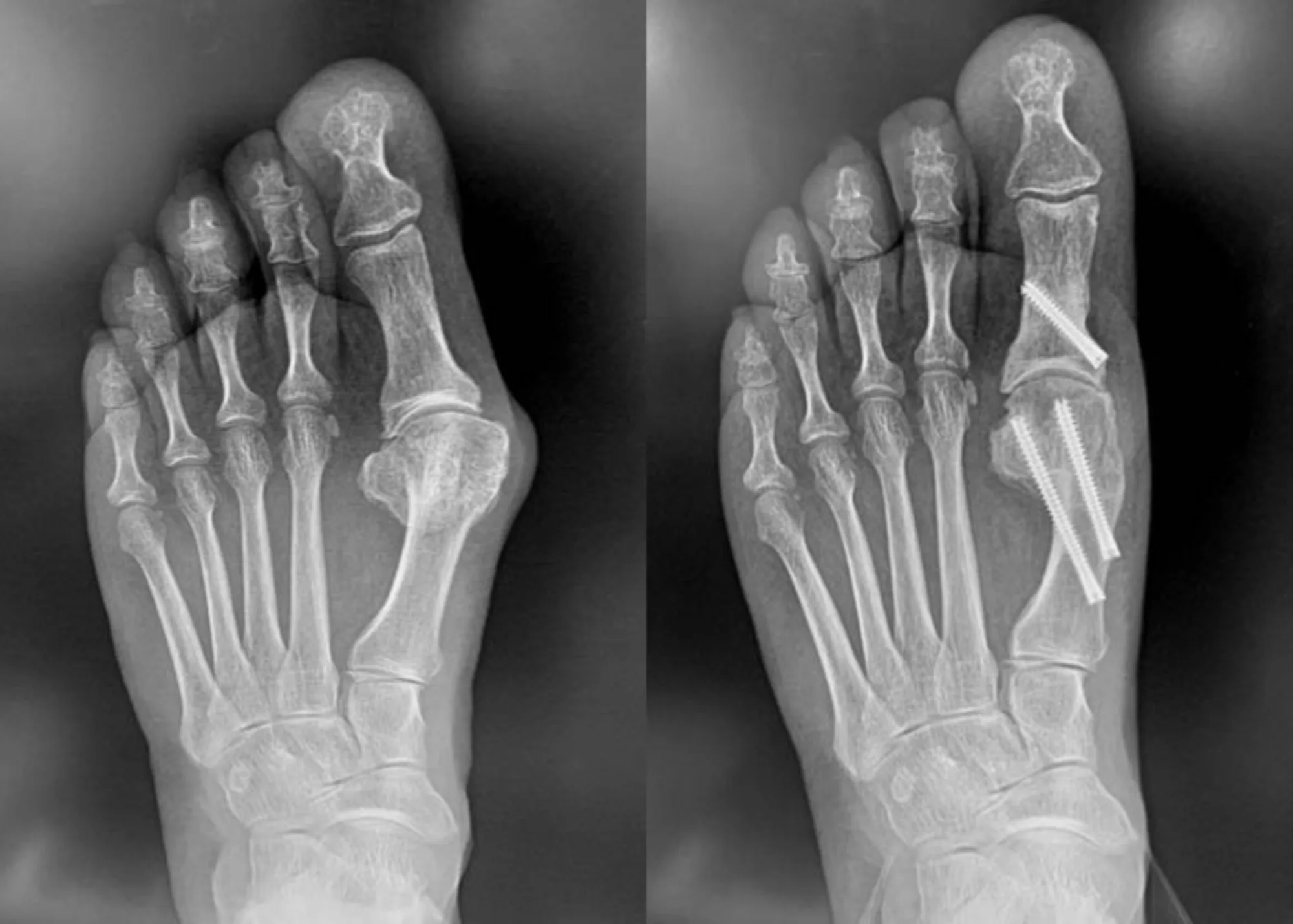Minimally Invasive Surgery
Explore our minimally invasive surgical options for various foot and ankle conditions. These procedures offer shorter recovery times and minimal scarring, helping you return to your daily life sooner. A common procedure Dr. Christensen performs for patients that do not have resolution of their symptoms with conservative treatment for plantar fasciitis is a very minimally invasive procedure called a Tenex procedure.
The Tenex procedure, also known as percutaneous tenotomy, is a minimally invasive treatment option for plantar fasciitis. Plantar fasciitis is a common condition characterized by inflammation of the plantar fascia, a thick band of tissue that runs along the bottom of the foot, connecting the heel bone to the toes. The Tenex procedure specifically targets the damaged tissue to alleviate pain and promote healing.
Here’s an overview of the Tenex plantar fasciitis treatment:
- Procedure: The Tenex procedure is typically performed on an outpatient basis. It involves using ultrasound imaging to identify the location of the damaged tissue in the plantar fascia.
- Tenotomy: A small incision is made, and a specialized tool is inserted through the incision. The tool, guided by ultrasound, delivers ultrasonic energy to break down and remove the damaged tissue without the need for open surgery.
- Minimally Invasive: Tenex is considered minimally invasive because it involves only a small incision, reducing the risk of complications and promoting a quicker recovery.
- Local Anesthesia: The procedure is often performed under local anesthesia to numb the targeted area, enhancing patient comfort.
- Recovery: Following the procedure, patients may experience less pain and improved mobility. Recovery time is generally shorter compared to traditional open surgeries.
- Postoperative Care: Patients are usually advised to follow a specific rehabilitation plan, which may include physical therapy and stretching exercises to optimize the healing process.
The Tenex procedure is an option for individuals with persistent plantar fasciitis symptoms that have not responded to conservative treatments like rest, stretching, orthotics, or physical therapy. As with any medical procedure, its suitability for an individual should be determined through consultation with a healthcare provider who can assess the patient’s condition and recommend the most appropriate treatment plan.
The Tenex procedure can be considered for individuals with chronic Achilles tendon issues, especially when conservative treatments such as rest, physical therapy, or orthotics have not provided sufficient relief. As with any medical intervention, the decision to use Tenex for Achilles tendon conditions should be made in consultation with a healthcare professional who can assess the specific needs and conditions of the individual patient.

